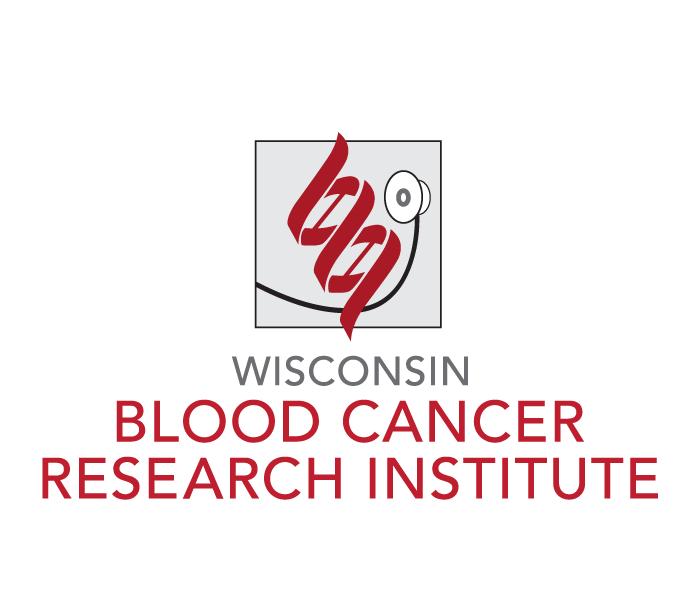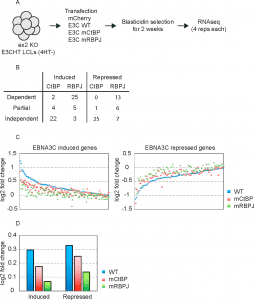
Discovery Spotlight
Eric Johannsen, MD
Associate Professor
Department Medicine
Role of Epstein-Barr virus (EBV) nuclear proteins in the virus lifecycle and human disease
EBV is a herpesvirus that establishes latent infection in B lymphocytes and is shed periodically in saliva. It is among the most successful of viruses, having established lifelong infection in about 95% of the adult population. Outside of acute infection, which frequently presents as infectious mononucleosis, almost all chronic EBV infections are asymptomatic. Latent EBV infection growth transforms B lymphocytes into proliferating lymphoblasts. EBV’s propensity to transform cells is usually controlled by the host immune response, making EBV cancers rare in immunocompetent individuals. Nevertheless, the virus’s high seroprevalence makes EBV an important carcinogen responsible for up to 2% of human cancers. These include Burkitt, Hodgkin, and diffuse large cell lymphomas, as well as post-transplant lymphoproliferative disease. We study how EBV nuclear proteins contribute to the development of lymphoma and seek to define the host cell mutations that allow this usually benign virus to cause cancer in only certain individuals.
Publications:
http://www.ncbi.nlm.nih.gov/sites/myncbi/eric.johannsen.1/bibliography/41759495/public/?sort=date&direction=ascending



